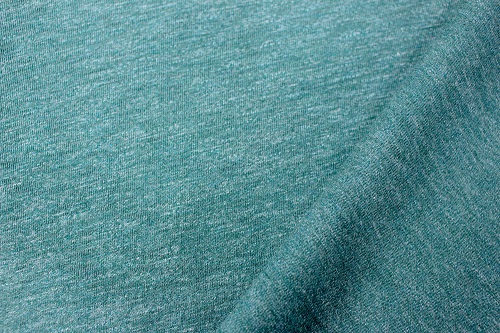0086-18057388688
How to Identify 100% Organic Cotton Fabric?
Cotton is one of the most widely used natural fibers in the world, valued for its softness, breathability, and versatility. With increasing concerns about sustainability, chemical use, and ethical production, organic cotton has become a preferred choice for many consumers. But how can you be sure that the fabric you’re buying is truly 100% organic cotton?
Below are the key ways to identify and verify organic cotton fabric
- Check for Certified Organic Labels: The most reliable way to confirm organic cotton is to look for certifications issued by recognized organizations.
- Common certifications include: GOTS (Global Organic Textile Standard): Ensures at least 95% certified organic fibers, with strict guidelines on dyes, chemicals, and labor practices.
- OEKO-TEX Standard 100: Tests textiles for harmful substances, though not exclusively organic.
- USDA Organic: Primarily for raw agricultural products like cotton fiber.
- Fair Trade Certified: Often paired with organic standards to ensure ethical sourcing.
If a product claims to be “organic cotton” but has no certification, its authenticity may be questionable.
Examine the Fabric Texture
Organic cotton tends to feel different from conventional cotton:
- Softer & Smoother: Fewer harsh chemicals are used during processing.
- Breathable: The weave feels more natural and less stiff.
- Durable: Fibers are often stronger because they are handpicked instead of machine-harvested.
While texture alone can’t guarantee authenticity, it’s a helpful indicator.
Inspect the Color and Finish
Organic cotton fabrics are usually dyed with low-impact, eco-friendly dyes or left in natural shades (cream, beige, or off-white).
Warning signs include:
- Overly bright or glossy finishes: Could suggest synthetic fibers or chemical treatments.
- Strong chemical odor: Often linked to non-organic processing.
Look for Natural Imperfections
Unlike heavily processed conventional cotton, organic cotton may have slight variations in fiber thickness or small natural specks. These subtle imperfections show minimal chemical bleaching and are a good sign of authenticity.
Conduct a Simple Burn Test (for raw fabric samples)
If you have access to a fabric swatch, a burn test can help identify fiber content:
- Organic cotton burns like paper, leaving a soft gray ash.
- It smells like burning leaves, not plastic.
- If the residue is hard or melted, the fabric likely contains synthetic fibers.
Only perform this test safely, with small samples, and away from flammable materials.
Research the Brand’s Transparency
Trustworthy brands openly share details about:
- Where the cotton is grown.
- Which certifications they hold.
- How their fabrics are processed.
Identifying 100% organic cotton fabric requires a mix of certification checks, sensory evaluation, and brand transparency. While certifications like GOTS remain the gold standard, developing an eye for fabric texture, color, and quality will also help you spot the real deal. By choosing authentic organic cotton, you not only enjoy a softer, healthier fabric but also support sustainable farming and fair labor practices.
































